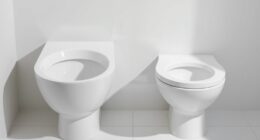We’ve all experienced it – standing by the toilet, pondering why our Huggies wipes can’t simply be flushed away like ordinary toilet paper.
The truth is, Huggies wipes are not designed to dissolve in water like toilet paper does. This can lead to a whole host of plumbing issues, from clogged pipes to damage in sewage systems.
In this article, we’ll explore the reasons why it’s important to properly dispose of Huggies wipes and provide tips for preventing future plumbing problems.
Key Takeaways
- Flushing Huggies wipes can cause clogs and blockages in plumbing systems due to their composition of synthetic fibers.
- Non-biodegradable wipes do not break down easily in water, leading to potential damage to sewage systems and backups.
- Flushed wipes can have significant environmental implications, including pollution and harm to marine life.
- Proper disposal methods, such as using designated trash bins and choosing septic-safe or biodegradable alternatives, are essential to minimize these risks.
The Composition of Huggies Wipes
The composition of Huggies wipes is designed to be gentle on the skin. However, it contains materials that can cause plumbing issues when flushed. It’s important to understand the chemical composition of these wipes to comprehend the potential health risks associated with flushing them down the toilet.
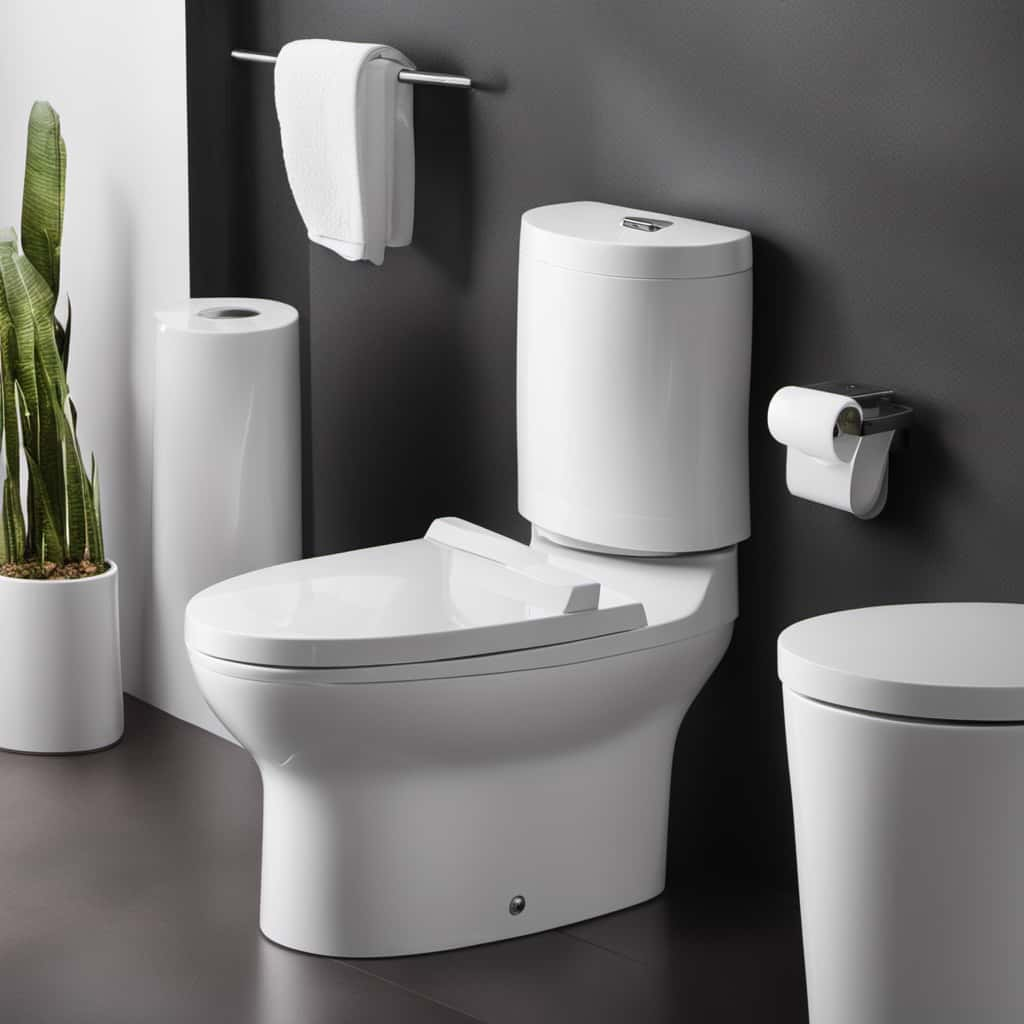
Huggies wipes are typically made of a combination of synthetic fibers, such as polyester or polypropylene, along with various chemicals and moisturizers. These chemicals can include preservatives, fragrances, and other additives. While these components serve their purpose in providing a soft and moisturizing experience for the user, they can have adverse effects on plumbing systems.
Understanding the chemical makeup of Huggies wipes is crucial in comprehending the impact they can have on both our health and the proper functioning of plumbing systems.
The Impact on Plumbing Systems
Flushing Huggies wipes can have a detrimental impact on plumbing systems, causing clogs and blockages. These wipes aren’t designed to break down in water like toilet paper does, and as a result, they can accumulate in pipes and sewer systems, leading to costly repairs.
The impact on the water supply is also a concern. When wipes clog pipes, they can restrict the flow of water, causing backups and potentially damaging the entire plumbing system. Not only does this result in inconvenience for homeowners, but it also puts a strain on municipal water treatment facilities.

The cost of repairs, including plumbing services and potential damage to infrastructure, can be significant. Therefore, it’s essential to dispose of Huggies wipes properly in the trash to avoid these issues and maintain the integrity of plumbing systems.
The Risk of Clogged Pipes
When it comes to flushing Huggies wipes, there are several risks of clogged pipes that we need to be aware of.
Firstly, these wipes are made of non-biodegradable material, which means they don’t break down easily in the plumbing system. This can lead to blockages and potential damage to our pipes.
Additionally, the environmental impact of flushing these wipes is significant, as they can end up in our waterways and harm aquatic life.
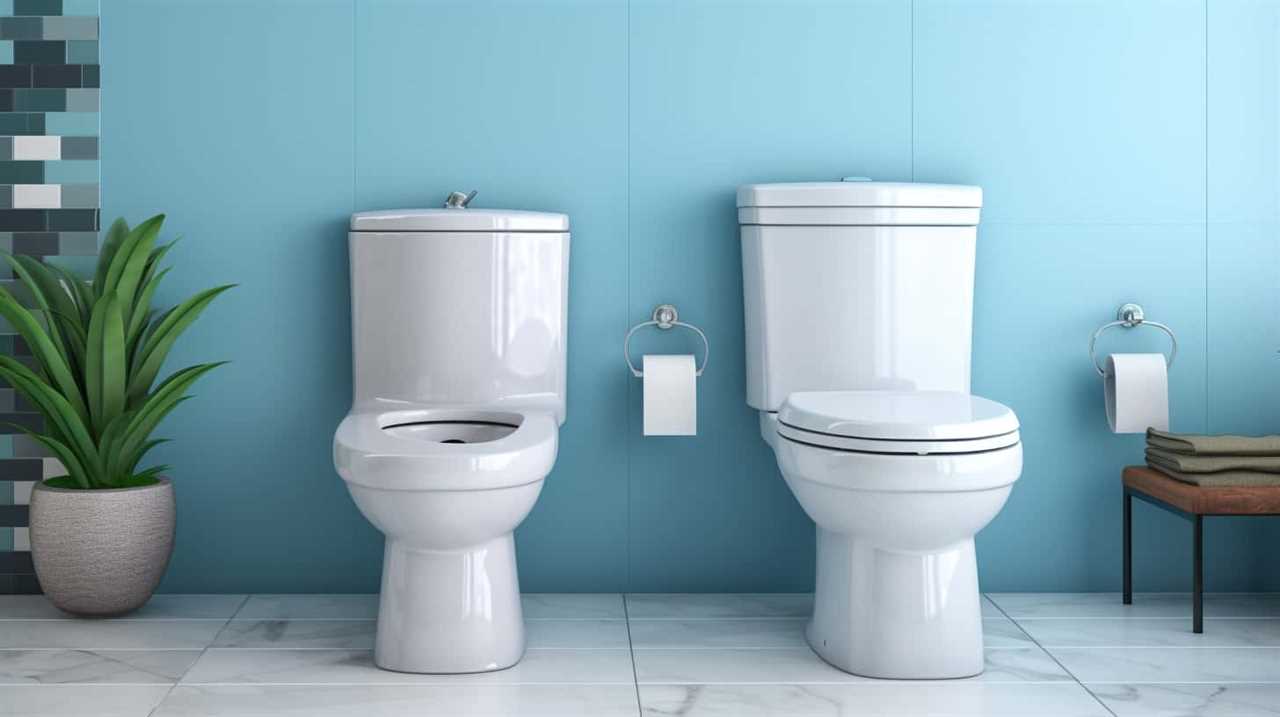
Non-Biodegradable Material Concerns
We face the risk of clogged pipes when we flush non-biodegradable materials like Huggies wipes. These wipes are made from synthetic fibers that do not break down easily in water. As a result, they can accumulate in the pipes, causing blockages and backups in the sewage system. To avoid this problem, it is important to use biodegradable alternatives that can be easily broken down during wastewater treatment. Biodegradable wipes are designed to disintegrate quickly, reducing the risk of clogged pipes and minimizing the strain on the sewage system. By making a conscious choice to use biodegradable alternatives, we can help maintain the smooth operation of our wastewater treatment facilities and prevent costly repairs and environmental damage.
| Non-Biodegradable Wipes | Biodegradable Wipes |
|---|---|
| Made from synthetic fibers | Made from natural materials |
| Do not break down easily | Designed to disintegrate quickly |
| Can cause clogged pipes | Reduce the risk of clogged pipes |
| Strain on the sewage system | Less strain on the sewage system |
| Costly repairs and environmental damage | Help maintain smooth operation of wastewater treatment |
Plumbing System Damage
Our pipes can suffer significant damage when non-biodegradable materials like Huggies wipes are flushed. The damages caused by flushing these wipes can have negative consequences on the plumbing system.
When flushed, these wipes don’t break down easily like toilet paper does. Instead, they can get stuck in the pipes and accumulate over time, leading to clogs and blockages. These clogs can cause backups, slow drainage, and even pipe bursts in severe cases.
Repairing the damages caused by clogged pipes can be expensive and time-consuming. It often requires the help of professional plumbers to remove the blockages and restore the plumbing system to its proper functioning.
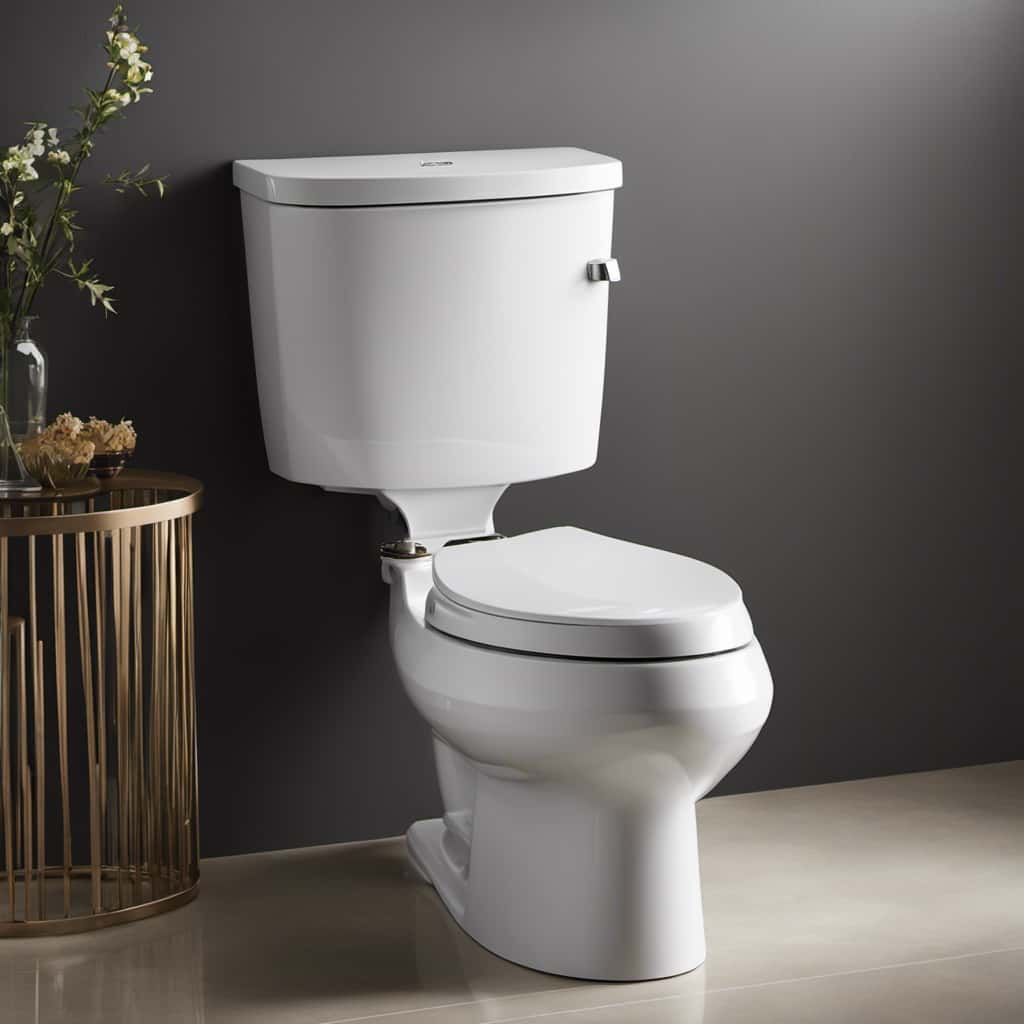
Understanding the potential plumbing system damage caused by flushing non-biodegradable materials like Huggies wipes is crucial for environmental impact awareness.
Environmental Impact Awareness
Flushing non-biodegradable materials like Huggies wipes poses a significant risk to the environment due to the potential for clogged pipes. It’s crucial for consumers to be aware of the environmental impact and take necessary actions to prevent such risks. Here are some key points to consider:
- Sustainable manufacturing practices: Manufacturers should prioritize the use of biodegradable materials in the production of wipes. This would ensure that the wipes break down easily, reducing the risk of clogging pipes.
- Consumer education and awareness: Consumers need to be educated about the proper disposal of wipes. They should be made aware that flushing wipes down the toilet is harmful to the environment and can cause blockages in the plumbing system.
- Proper waste management: It’s essential for consumers to dispose of wipes in the appropriate waste bin. This helps in preventing clogs and ensures that the wipes are properly disposed of.
- Regular maintenance: Regular inspection and maintenance of plumbing systems can help identify and address potential clogging issues before they become severe.
The Potential Damage to Sewage Systems
When it comes to the potential damage to sewage systems, flushing Huggies wipes can cause significant clogs and blockages. Not only do these wipes pose potential health risks, but they also lead to costly repairs.
Sewer systems are designed to handle the flow of human waste and toilet paper, which disintegrates quickly upon contact with water. However, Huggies wipes, along with other similar products, don’t break down as easily. Instead, they can accumulate in the pipes, causing blockages and increasing the risk of sewage backups and overflows.
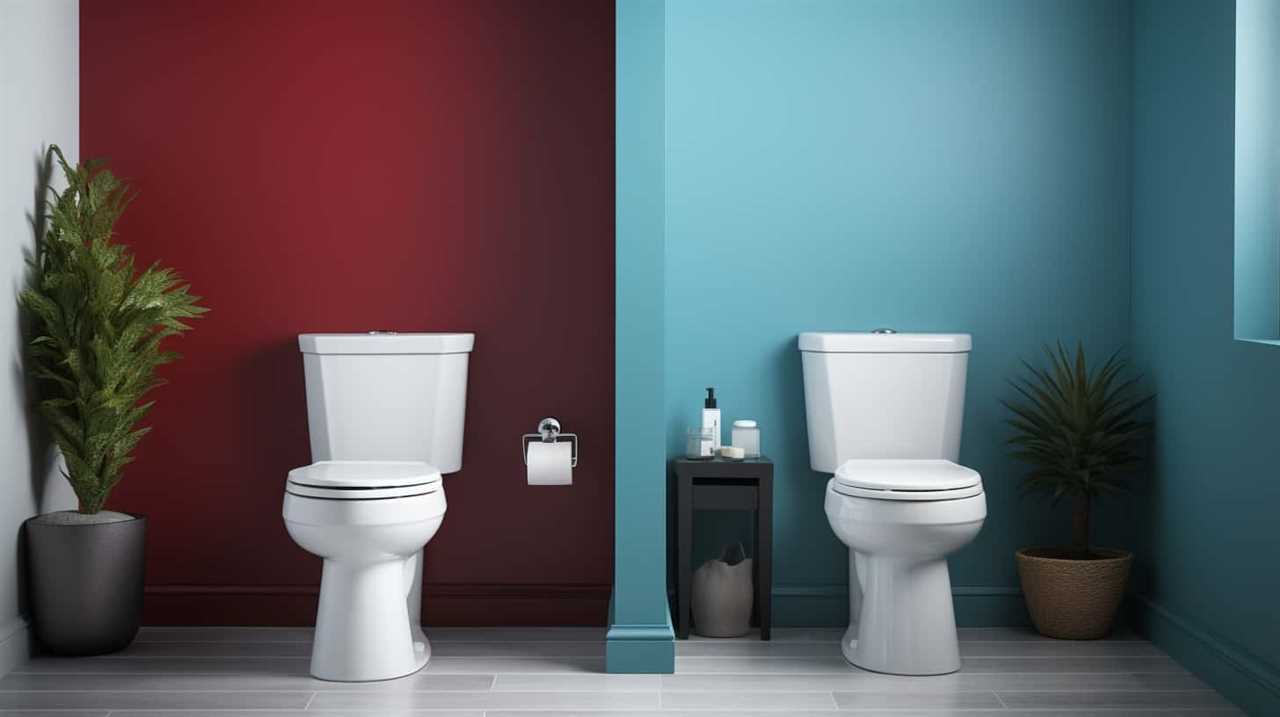
The cost of repairs can be substantial, requiring professional intervention to unclog the system and restore its proper functioning.
As we delve deeper into the environmental implications of flushing wipes, it becomes evident that their impact extends beyond just the sewage systems.
The Environmental Implications of Flushing Wipes
As we explore the impact of flushing wipes on the environment, there are several concerns to consider:
- Biodegradability concerns: Unlike toilet paper, most wipes aren’t designed to break down easily in water. This means that when flushed, they can accumulate and clog pipes, leading to costly repairs and blockages in sewage systems.
- Wastewater treatment facilities: Flushing wipes can also pose challenges for wastewater treatment facilities. These facilities are designed to treat water and remove contaminants, but wipes can bypass the filtration process and end up in rivers, lakes, and oceans, contributing to pollution and harming marine life.
- Increased energy and resource consumption: The presence of wipes in wastewater can also increase the energy and resource consumption of treatment plants, as they require additional processes and equipment to remove and dispose of them properly.
- Environmental impact: Ultimately, the disposal of wipes in toilets can have long-lasting environmental consequences, affecting water quality, ecosystems, and the overall health of our planet.
It is crucial to be mindful of the proper disposal methods for wipes to minimize these environmental risks.

The Importance of Proper Disposal Methods
To minimize the environmental risks associated with flushing wipes, it is important that we utilize proper disposal methods. By following proper disposal practices, we can take responsibility for our actions and contribute to a healthier environment. Proper disposal methods ensure that wipes are disposed of in a way that does not harm our water systems or ecosystems. Here are some key practices to keep in mind:
| Proper Disposal Methods | Environmental Responsibility |
|---|---|
| Dispose of wipes in designated trash bins | Avoid flushing wipes, as they can clog pipes and contribute to sewage backups |
| Seal wipes in a bag before throwing them away | Prevents odors and keeps the wipes contained |
| Educate others about proper disposal practices | Spread awareness and encourage responsible behavior |
| Support initiatives for recycling wipes | Look for opportunities to recycle wipes to reduce waste |
Alternatives to Flushing Huggies Wipes
When it comes to disposing of Huggies wipes, there are several alternatives to flushing them down the toilet.
One eco-friendly option is to place the used wipes in a designated bin for proper disposal.
Another option is to choose wipes that are labeled as septic-safe, as these are specifically designed to break down in septic systems.
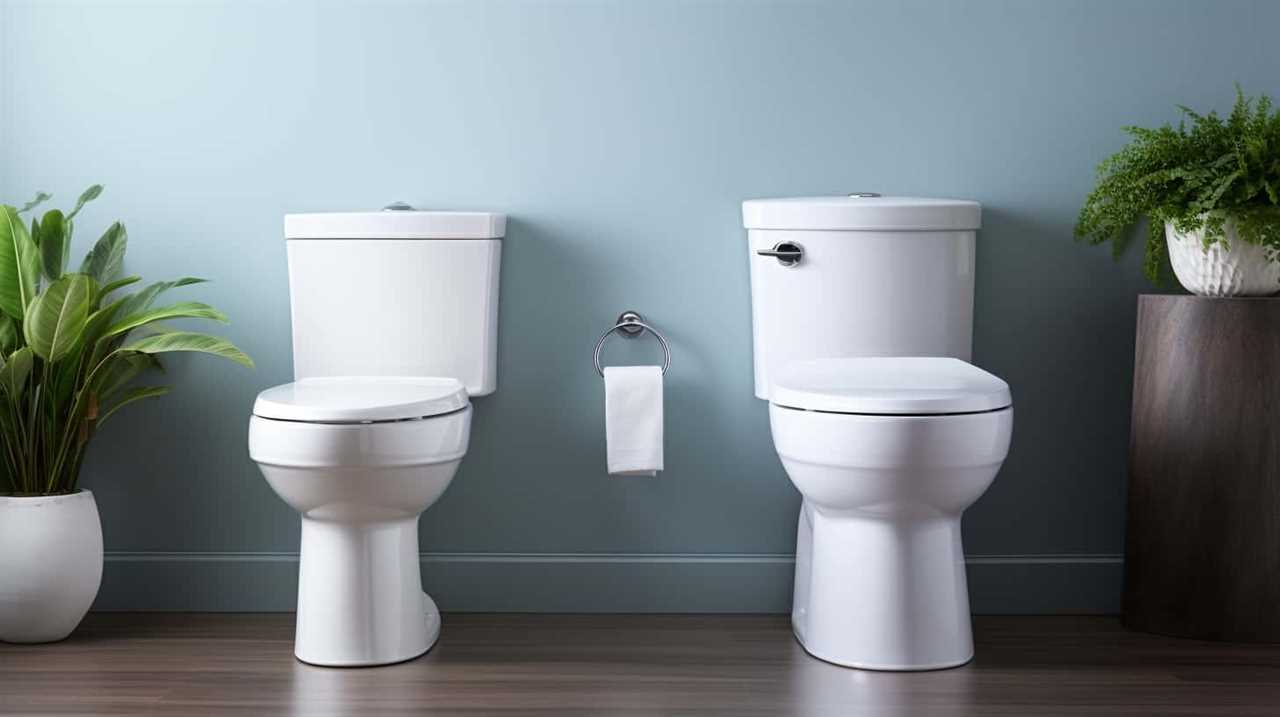
Eco-Friendly Disposal Methods
We can explore alternative eco-friendly disposal methods for Huggies wipes that don’t involve flushing them down the toilet. When it comes to biodegradable alternatives, there are a few options to consider:
- Composting: Huggies wipes made from natural fibers, such as bamboo or cotton, can be composted. Simply shred the wipes into smaller pieces and add them to your compost bin. They’ll break down over time and contribute to nutrient-rich soil.
- Disposal in Green Bins: Some municipalities have green waste bins that are specifically designated for compostable materials. Check with your local waste management department to see if Huggies wipes can be disposed of in these bins.
- Biodegradable Waste Bags: If composting isn’t an option, consider using biodegradable waste bags to dispose of the wipes. These bags are designed to break down in a landfill, reducing their environmental impact.
- Zero Waste Initiatives: Look for local organizations or programs that promote zero waste practices. They may have specific guidelines on how to properly dispose of Huggies wipes in an eco-friendly manner.
Septic-Safe Options
For septic-safe alternatives to flushing Huggies wipes, we can explore more environmentally friendly options. It is important to choose septic-safe products that can break down easily in septic systems, minimizing the risk of clogs and damage. Here are some eco-friendly options that can be safely disposed of in the trash:
| Product | Features |
|---|---|
| Biodegradable wipes | Made from natural materials that can break down easily in septic systems. |
| Flushable wipes | Specifically designed to disintegrate in water, reducing the risk of blockages. |
| Cloth wipes | Reusable and washable, reducing waste and environmental impact. |
| Toilet paper | A septic-safe and eco-friendly option for cleaning up. |
Proper Bin Disposal
To properly dispose of Huggies wipes, it’s important to place them in a designated trash bin instead of flushing them, as this can lead to clogs and damage in our septic systems. By following proper bin disposal methods, we can minimize the negative impact on our environment and reduce landfill waste.
Here are some alternatives to flushing Huggies wipes:

- Use biodegradable options: Look for wipes that are made from biodegradable materials, such as bamboo or plant-based fibers. These wipes break down more easily in landfills, reducing their environmental impact.
- Separate wipes from other waste: Ensure that Huggies wipes are disposed of separately from other waste materials. This allows for easier identification and proper handling of the wipes.
- Use designated bins: Place Huggies wipes in designated trash bins, specifically marked for disposable wipes. This helps in keeping the waste properly contained and prevents unnecessary contamination.
- Educate others: Spread awareness about the importance of proper bin disposal for Huggies wipes. Encourage others to follow these guidelines to ensure landfill waste reduction and protect our environment.
Tips for Preventing Future Plumbing Issues
To prevent future plumbing issues, it’s essential to maintain proper waste disposal practices. One of the main causes of clogs is flushing items that aren’t meant to be flushed, such as wipes. It’s crucial to remember that only toilet paper and human waste should be flushed down the toilet. Other items, including wipes, should be disposed of in a proper waste bin.
Regular maintenance is also key in preventing plumbing problems. This includes scheduling regular inspections and cleanings by a professional plumber. Additionally, being proactive in identifying and fixing small issues can prevent them from turning into major problems.
Taking these maintenance tips into consideration will help ensure a smooth and trouble-free plumbing system.
Frequently Asked Questions
How Many Wipes Should I Flush at Once?
To properly dispose of wipes, it is important not to flush them. Flushing wipes can clog pipes and damage sewage systems. Instead, consider using alternative methods like throwing them in the trash or using biodegradable wipes.

Can I Flush Huggies Wipes if They Are Labeled as "Flushable"?
Flushable wipes, like Huggies, can cause clogs and damage sewage systems. While labeled as "flushable," they do not break down like toilet paper and have a significant environmental impact. Toilet paper alternatives are recommended to maintain plumbing integrity.
Are There Any Specific Types of Toilets or Plumbing Systems That Can Handle Flushing Huggies Wipes?
Certain toilets and plumbing systems may be compatible with flushing Huggies wipes, but it’s crucial to consult the manufacturer’s guidelines or a plumber to ensure safe flushing. Alternative disposal methods, like throwing them in the trash, are often recommended.
Can Flushing Huggies Wipes Cause Damage to Septic Systems as Well?
Flushing Huggies wipes can cause significant damage to septic systems, leading to costly repairs. Not only that, but the environmental impact is also severe. It’s crucial to dispose of these wipes properly to avoid any long-term consequences.
What Are the Potential Consequences of Flushing Huggies Wipes in Terms of Water Pollution?
Flushing Huggies wipes can have potential health risks and cause significant environmental impact. It is important to understand that these wipes do not break down easily, leading to clogged pipes, sewage backups, and water pollution.
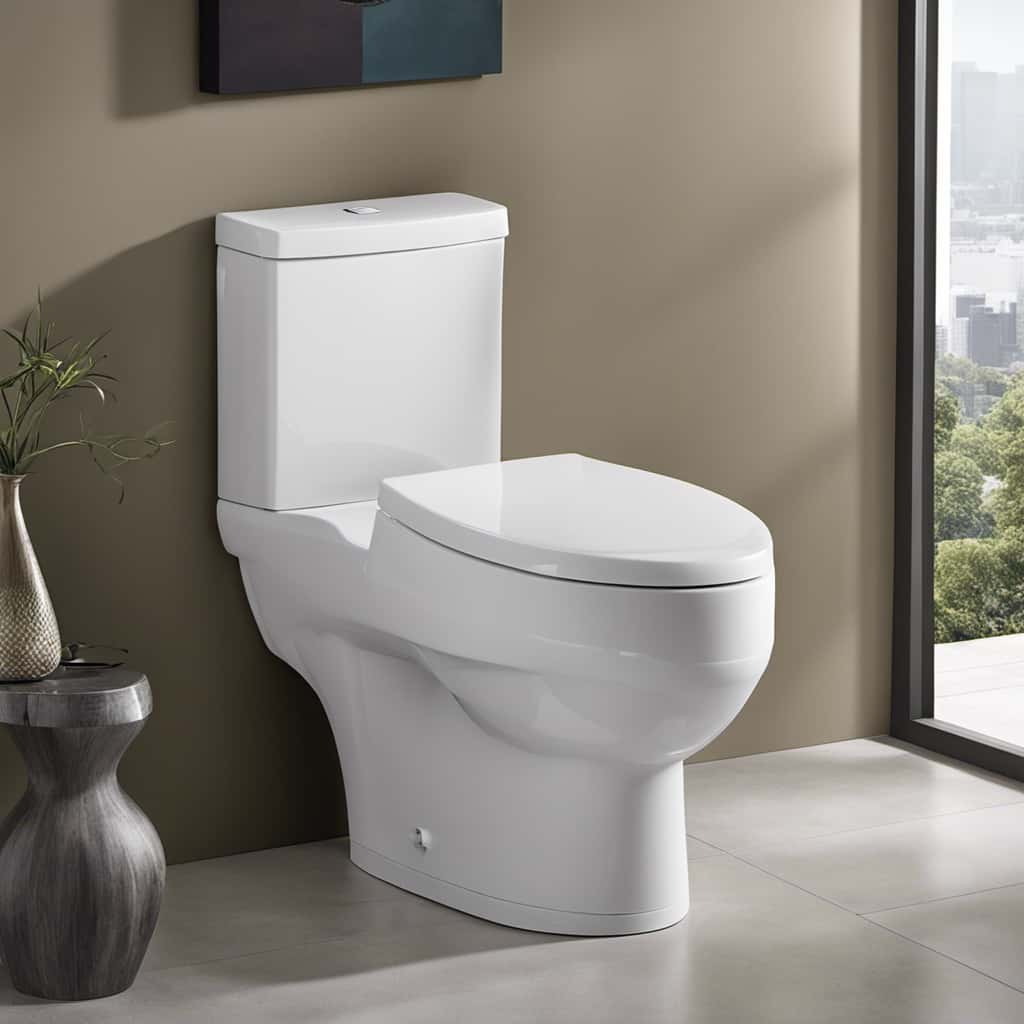
Conclusion
In conclusion, it’s crucial to remember that Huggies wipes should never be flushed down the toilet. The composition of these wipes can lead to clogged pipes and potential damage to sewage systems.
Additionally, the environmental implications of flushing wipes are significant. By properly disposing of Huggies wipes in the trash, we can prevent future plumbing issues and ensure the longevity of our plumbing systems.
Let’s make a small change today for a better tomorrow!









